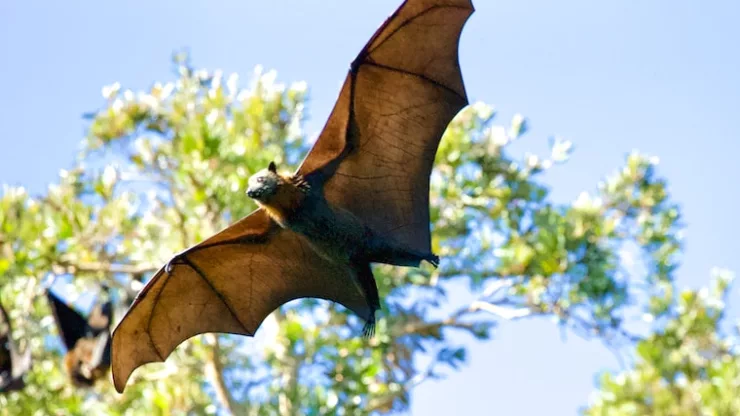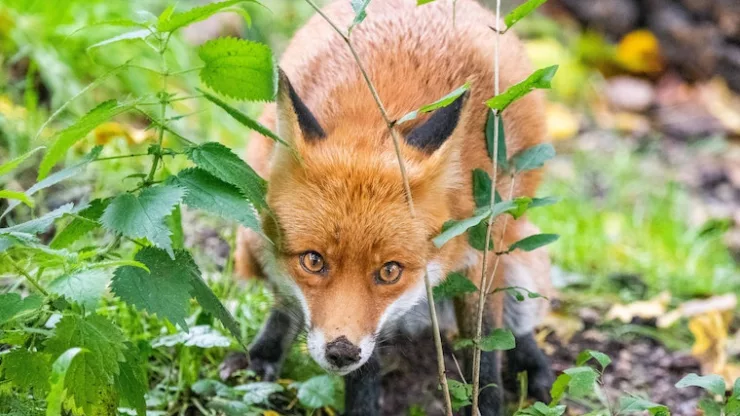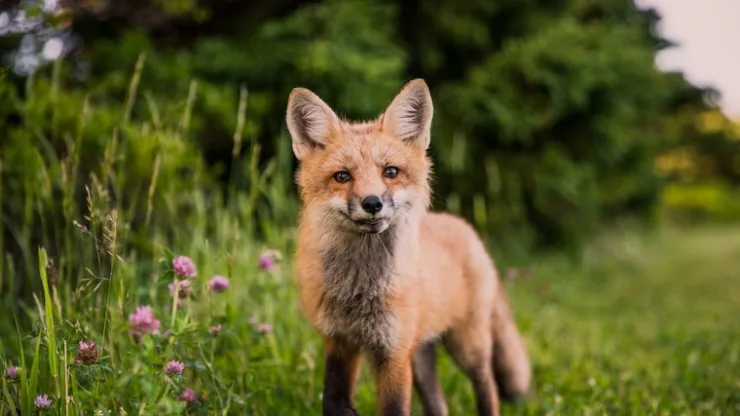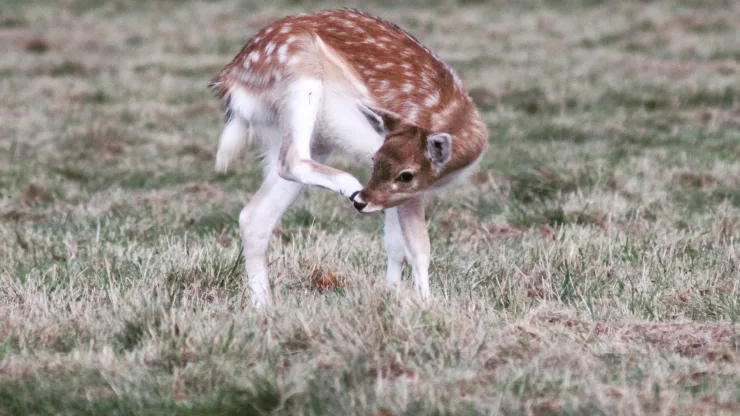Urbanization has a significant impact on wildlife, including bats. These flying mammals are often viewed as pests or scary creatures, but they are essential to the ecosystem.
In this article, we will explore the importance of urban bats and their diets.
Jump to Section
Introduction
Bats are fascinating creatures that are often misunderstood.
They play a critical role in controlling insect populations, pollinating plants, and dispersing seeds.
Unfortunately, urbanization has led to a decline in bat populations worldwide.
However, urban areas also present unique opportunities for bat conservation and research.
Why are urban bats important?
Bats are vital to the ecosystem, providing numerous benefits to humans and wildlife.
They consume vast quantities of insects, reducing the need for pesticides and controlling mosquito populations that cause diseases such as West Nile virus and Zika.
Bats also play a crucial role in pollinating plants and dispersing seeds, contributing to the growth of forests and other habitats.
What do urban bats eat?
Bats have diverse diets, depending on their species and habitat.
In urban areas, their diets are influenced by human-made food sources and competition with other wildlife.
Some of the common urban bat species and their diets are:
Common Urban Bat Species
Brazilian free-tailed bat
The Brazilian free-tailed bat is a common species found in urban areas. They are insectivorous and consume mosquitoes, beetles, and moths.
Big brown bat
Big brown bats are widespread in North America and are known to feed on insects such as beetles, moths, and flies.
Mexican free-tailed bat
Mexican free-tailed bats are found throughout the Americas and feed on insects such as moths, beetles, and mosquitoes.
Red bat
Red bats feed on insects such as moths, beetles, and flies. They are also known to consume fruit.
Bat Diets
Bats can be classified into four categories based on their diets:
Insectivorous bats
Insectivorous bats consume insects such as mosquitoes, moths, and beetles. They can consume up to 1,000 insects per hour.
Frugivorous bats
Frugivorous bats feed on fruits such as figs, bananas, and mangos.
They play a crucial role in the dispersal of seeds, contributing to the growth of forests and other habitats.
Nectarivorous bats
Nectarivorous bats feed on nectar from flowers and are important pollinators. They are found in tropical regions and play a crucial role in maintaining the ecosystem.
Carnivorous bats
Carnivorous bats feed on small animals such as rodents, birds, and other bats.
They are found in tropical regions, and their diets are influenced by the availability of prey.
Urban Bat Feeding Behavior
Bats have unique feeding behavior, and their diets are influenced by various factors. Some of the common feeding behaviors of urban bats are:
Foraging patterns
Bats have specific foraging patterns, depending on their habitat and prey. They use echolocation to locate prey and can fly up to 60 miles per hour.
Echolocation
Echolocation is a crucial tool for bats to locate prey.
They emit high-pitched sounds that bounce off objects and return to their ears, allowing them to identify their surroundings and prey.
Roosting behavior
Bats roost in various locations, including trees, caves, and buildings. In urban areas, they often roost in buildings, attics, and bridges.
Feeding time
Bats are nocturnal and feed at night, consuming vast quantities of insects and other prey.
Impact of Urbanization on Bat Diets
Urbanization has a significant impact on bat diets, leading to changes in their feeding behavior and competition with other wildlife.
Some of the common impacts of urbanization on bat diets are:
Human-made food sources
Urban areas provide bats with human-made food sources, such as garbage and pet food.
These food sources can have a significant impact on their diets, leading to changes in their foraging behavior.
Competition with other urban wildlife
Urbanization has led to an increase in urban wildlife, including raccoons, squirrels, and birds. These animals compete with bats for food and roosting sites.
Changes in habitat
Urbanization has led to changes in bat habitats, including loss of vegetation and destruction of roosting sites.
These changes have a significant impact on bat diets and their ability to survive in urban areas.
Promoting Coexistence with Urban Wildlife
Urbanization presents unique opportunities for bat conservation and research. Promoting coexistence with urban wildlife can help protect bat populations and their habitats.
Some ways to promote coexistence with urban wildlife are:
- Providing bat houses for roosting sites
- Reducing pesticide use to support insect populations
- Educating the public about bat conservation
- Protecting and restoring bat habitats
Conclusion: The Importance of Urban Bat Conservation
Bats are essential to the ecosystem, and urbanization has led to a decline in bat populations worldwide. Understanding their diets and feeding behavior is crucial to their conservation.
Promoting coexistence with urban wildlife and protecting their habitats can help ensure the survival of bat populations in urban areas.
FAQ
What is the role of bats in the ecosystem?
Bats play a critical role in controlling insect populations, pollinating plants, and dispersing seeds.
They are essential to the ecosystem and contribute to the growth of forests and other habitats.
What do urban bats eat?
Urban bats have diverse diets, depending on their species and habitat. They consume insects, fruit, nectar, and small animals such as rodents and other bats.
How can I promote coexistence with urban wildlife?
You can promote coexistence with urban wildlife by providing roosting sites, reducing pesticide use, educating the public about bat conservation, and protecting and restoring bat habitats.
I’m a nature enthusiast and creator of Metro Wilds and have spent years exploring the great outdoors.
With a passion for environmental conservation and sustainability, I have dedicated my career to writing about the beauty and wonders of nature, as well as the threats facing our planet.
Contact me at [email protected] for assistance.





